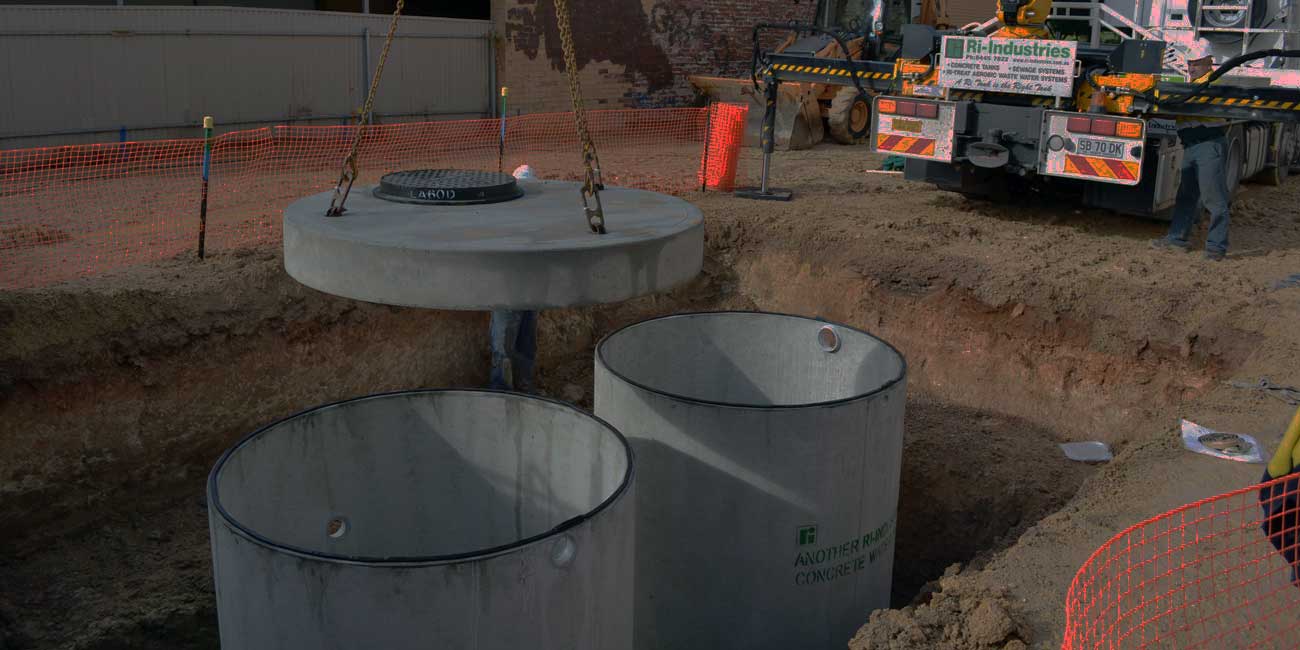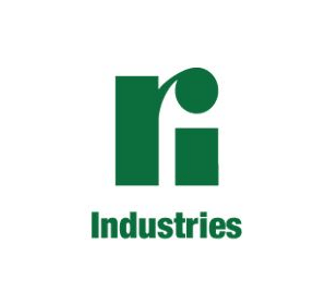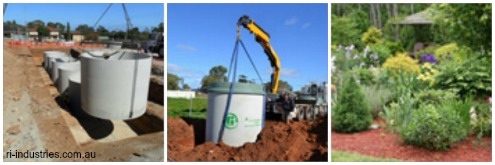South Australia is Australia’s driest state, and predictions say that it will only become hotter and drier as years go on.
Do you ever wish you had some sort of magical machine that could make it rain every day, or at least when you wanted it to?
Ri-Industries can make your wishes come true with our pre-cast concrete rainwater tanks. Rainwater tanks can help you harvest and save precious rainwater for a variety of uses around your home.
Here is a list of things that you should look for, so you can tell whether or not your rainwater has that magic touch.
Safety
At Ri-Industries, we believe in safety first. When purchasing and installing a rainwater tank, it is important to have a tight-fitting cover so that no children or animals can get access. A cover is also crucial so that water cannot be lost through evaporation and light cannot enter, which would promote harmful algae growth. Steel mesh is cast into all of Ri-Industries’ tanks and lids, and all fittings are made from brass so you can have peace of mind that everything fits together tightly and securely.
Discreteness
Even though a rainwater tank is efficient and environmentally friendly, it does not have to be an eye sore. With Ri-Industries, you can choose between an-above ground or underground rainwater tank, and both options offer aesthetically pleasing features. The underground rainwater tanks are out of sight and won’t take much space from your valuable real estate, while the above-ground tanks feature attractive conical or flat roofs. If you are building a new house, it can be especially easy to install a rainwater tank out of the way under the house, or at gutter level. Appearance is important when buying a rainwater tank, and discretion is key; that’s why Ri-Industries also offers to paint above ground tanks to fit in better with your surroundings.
Location
When installing your rainwater tank, you need to pay special mind to where you are placing it. For example, you should put your tank out of the path of the midday sun in order to avoid evaporation from the inspection holes. Thankfully, for those of us who are not rainwater-tank-placement experts, Ri-Industries is here to help. All Ri-Industries tanks are manufactured in our South Australian factory, and all inlets and outlets can be custom inserted at any required position to fit your specific needs.
Durability
This one is fairly self-explanatory. You want a reliable product that will last a long time without needing replacement. Ri-Industries’ concrete tanks are made from high frequency reinforced concrete, made from only the highest quality materials. All Ri-Industries rainwater tanks also come with a 10-15 year warranty, meaning you can be sure that your tank will go the distance.
Versatility
Did you know that some customers have used Ri-Industries rainwater tanks for a variety of uses, including installing them into the ground as cellars? You can install an underground rainwater tank and build a house or shed over the top. This can serve as a cheap, effective alternative to building a cellar out of bricks or pouring on onsite.
Keep these five features in mind when looking for your new rainwater tank, and you can’t go wrong. If you have any questions about your current or future rainwater tank, please do not hesitate to contact us!










